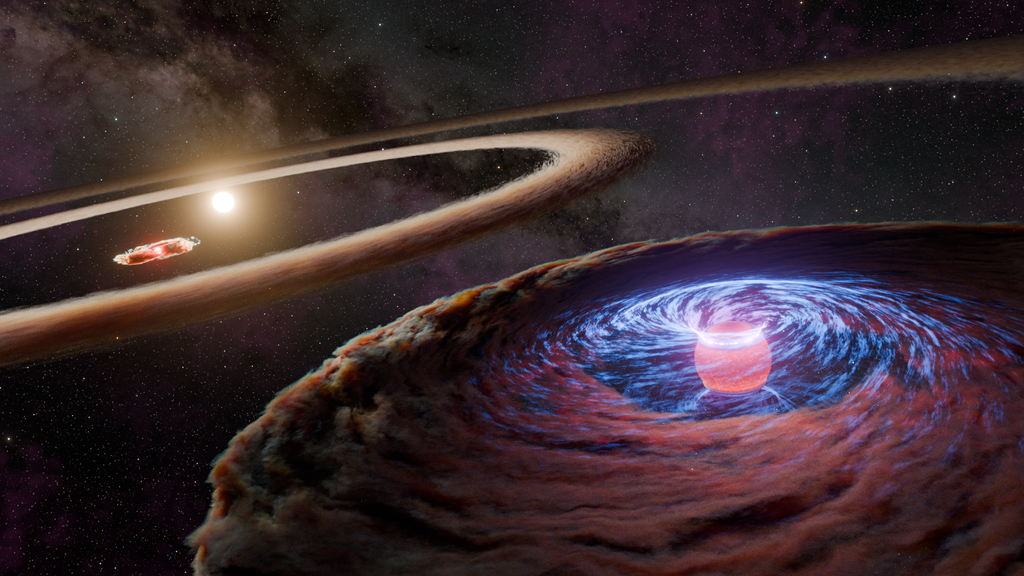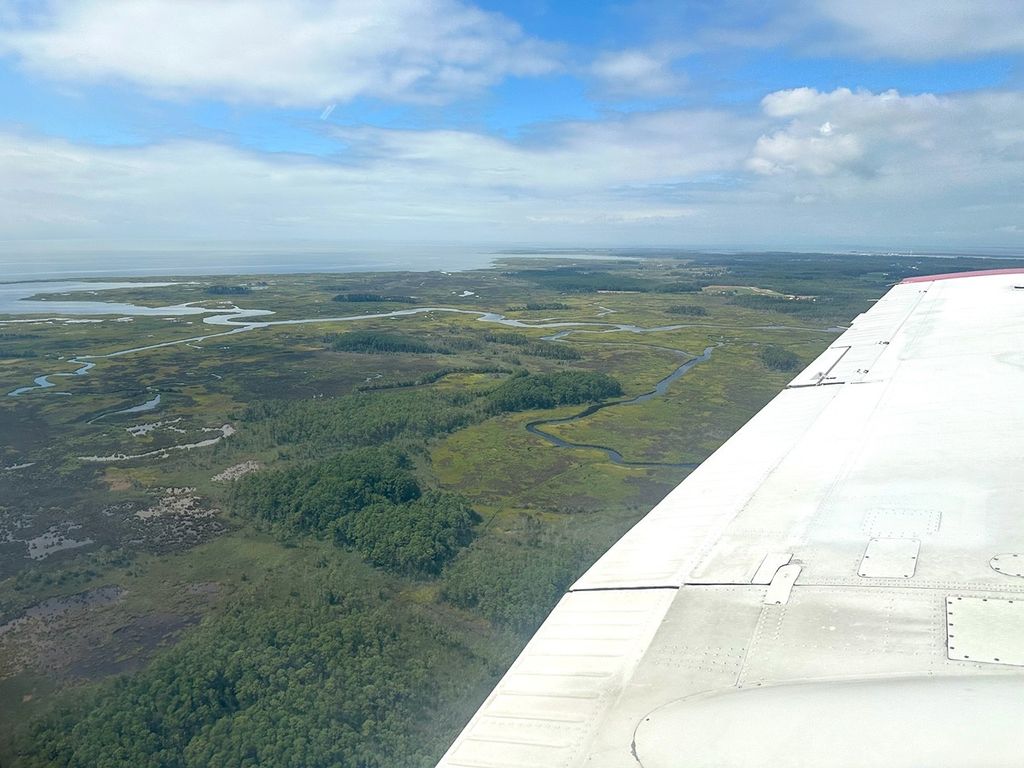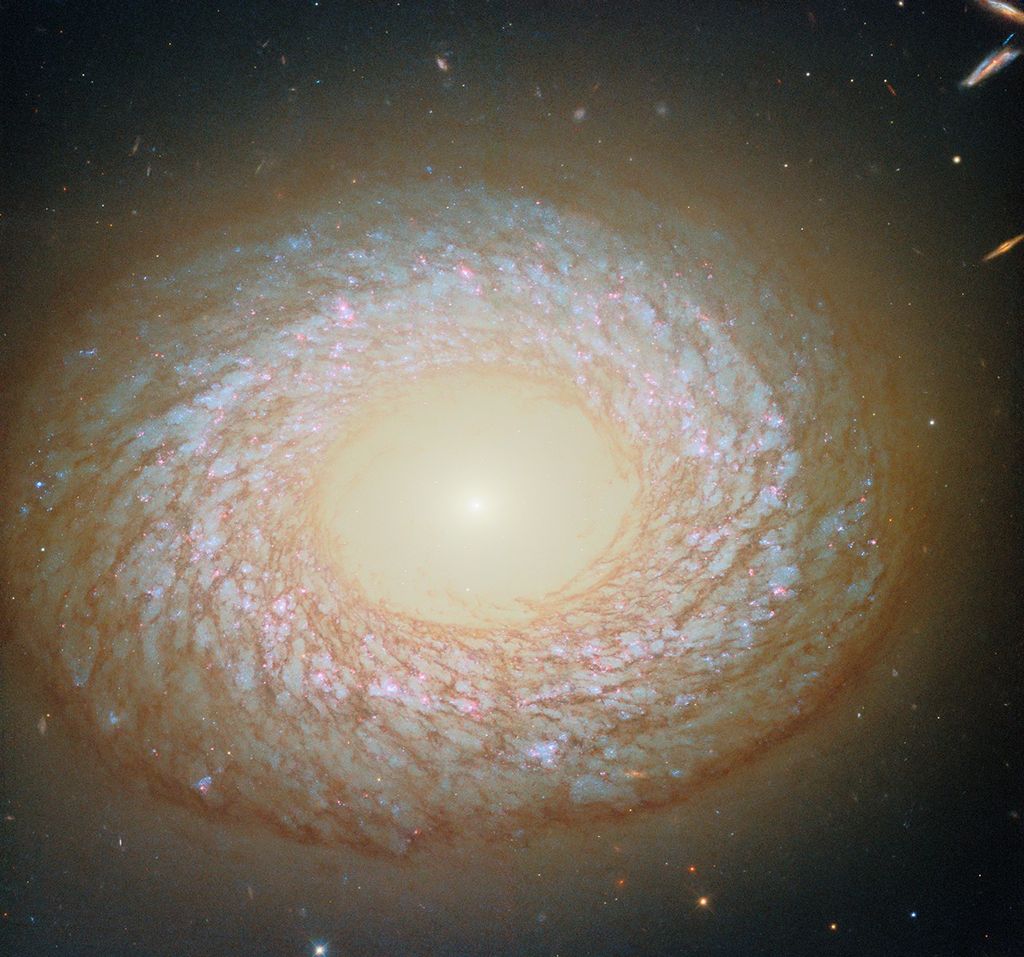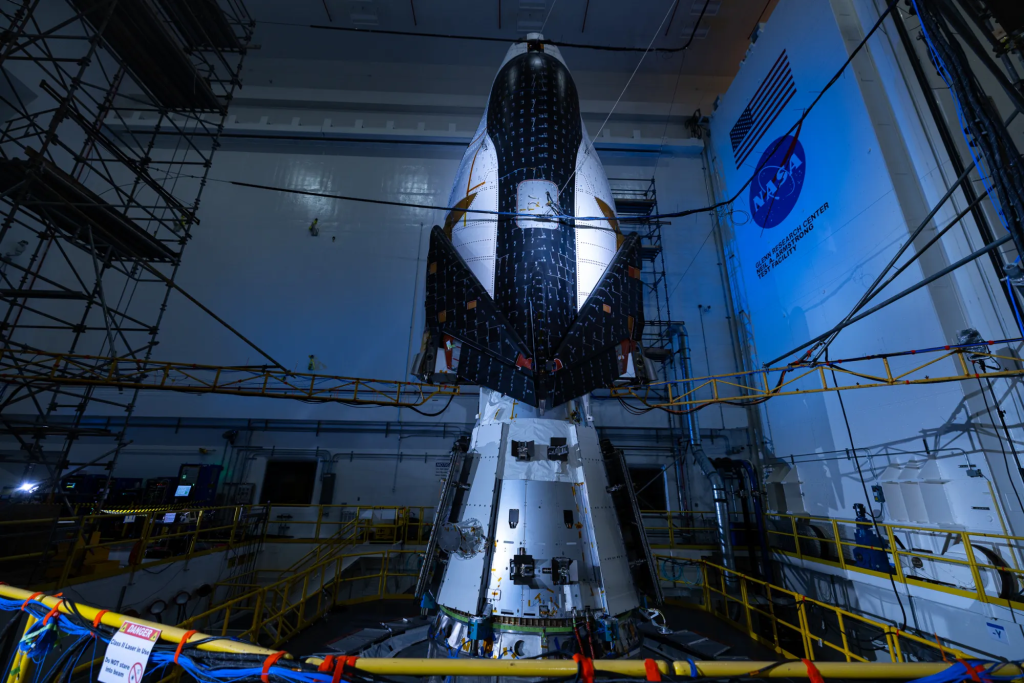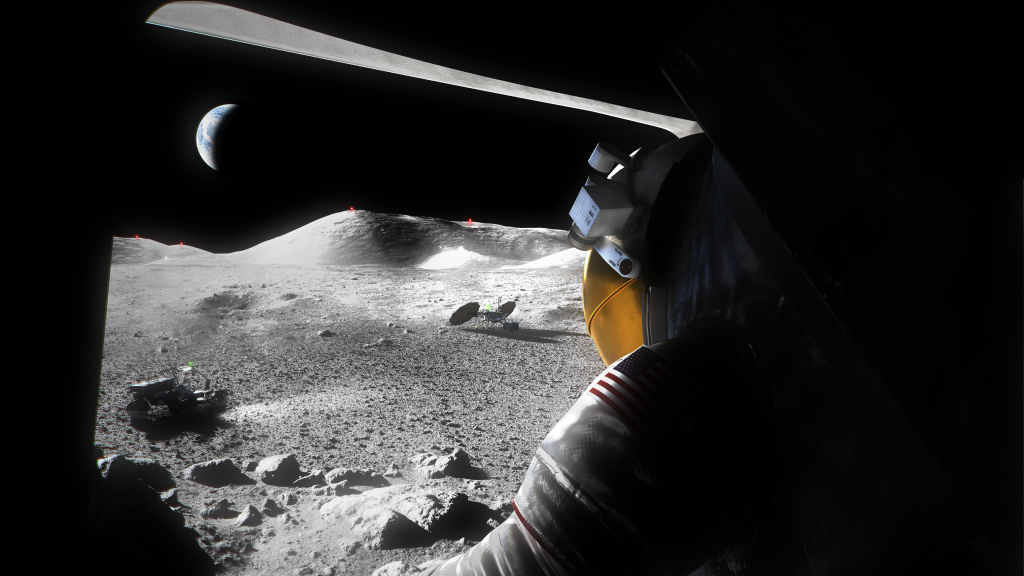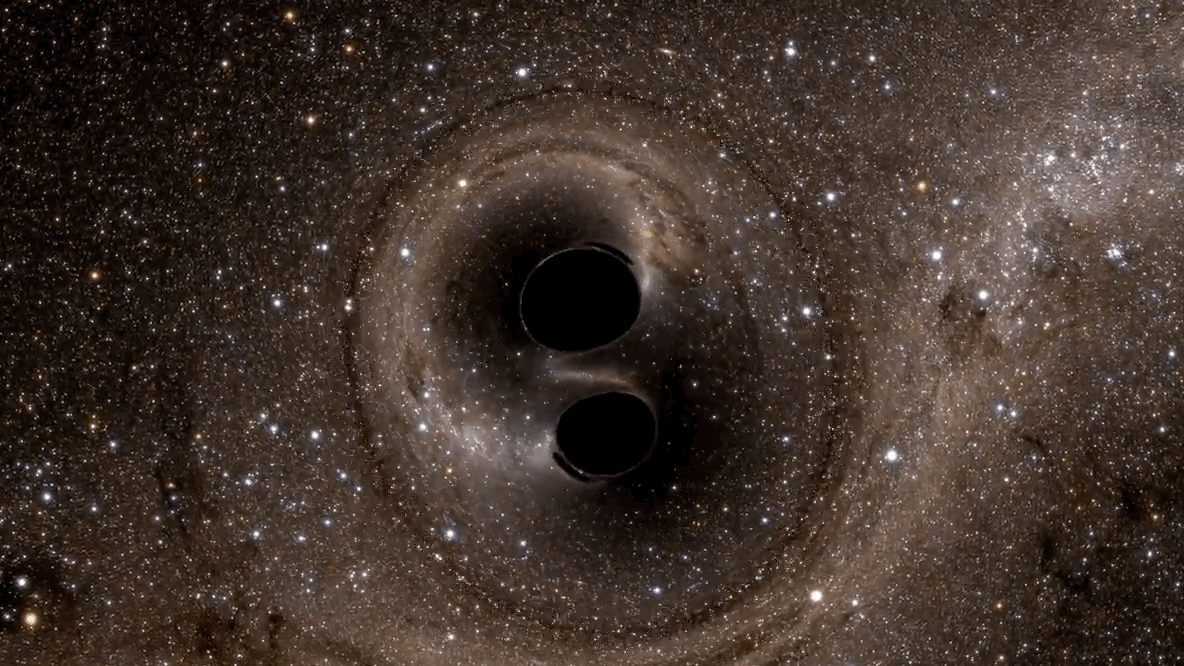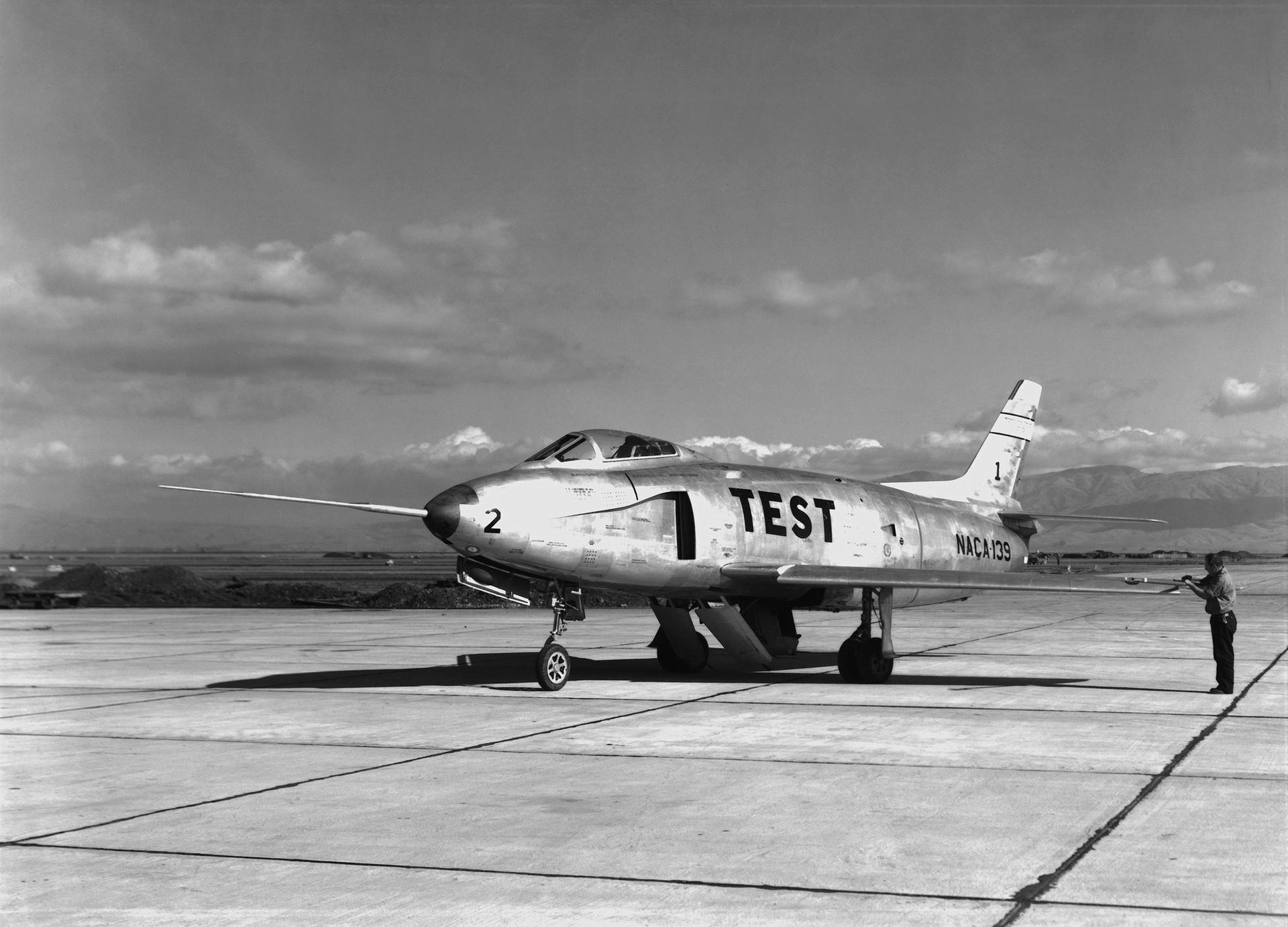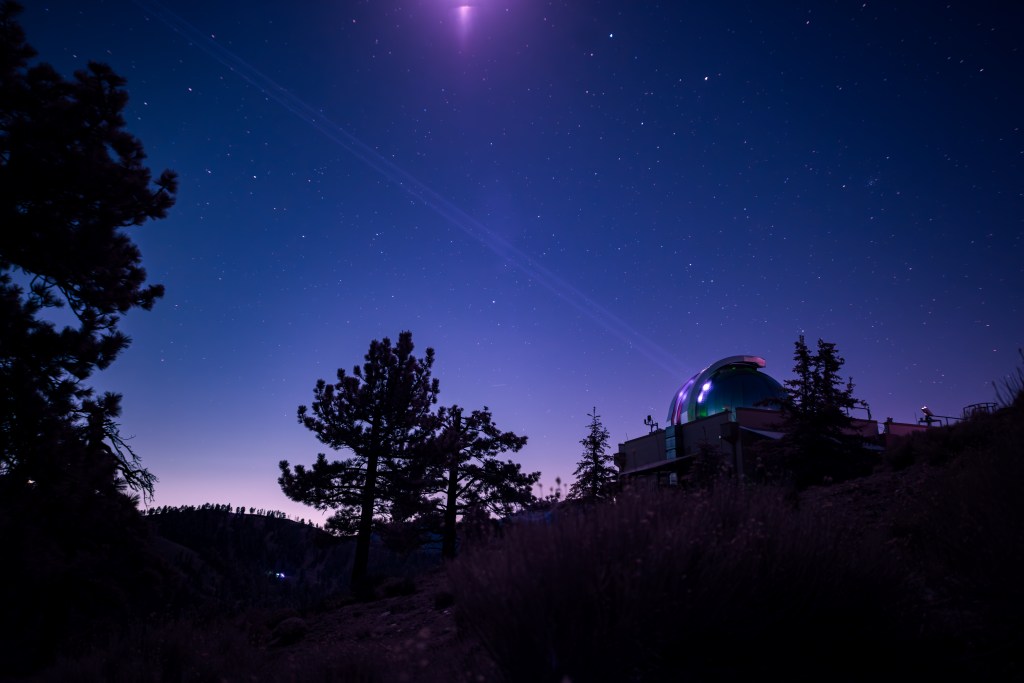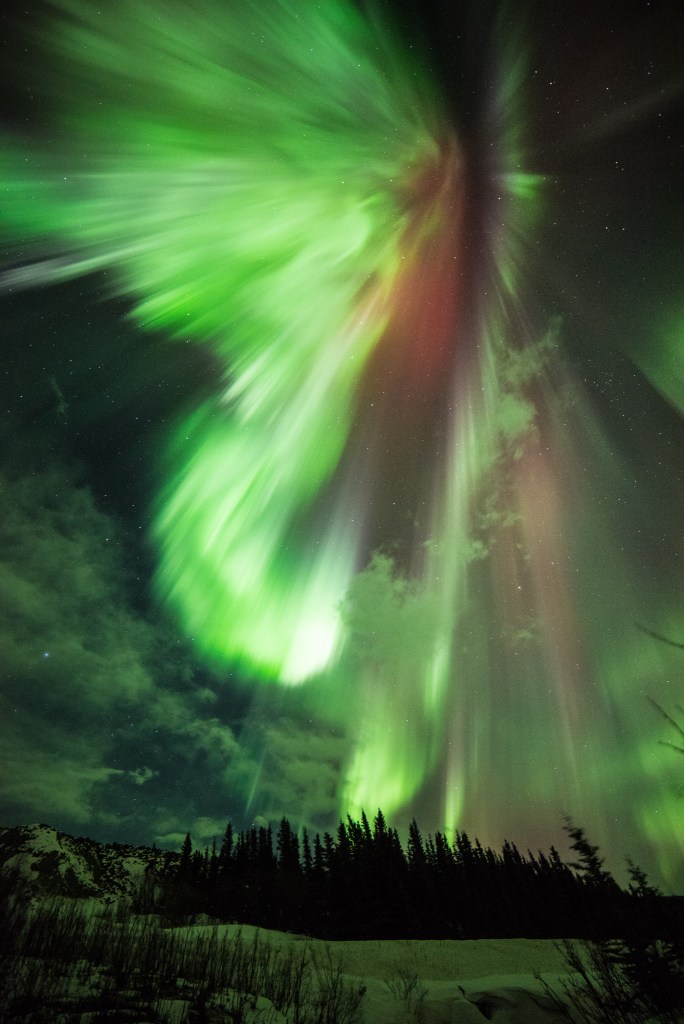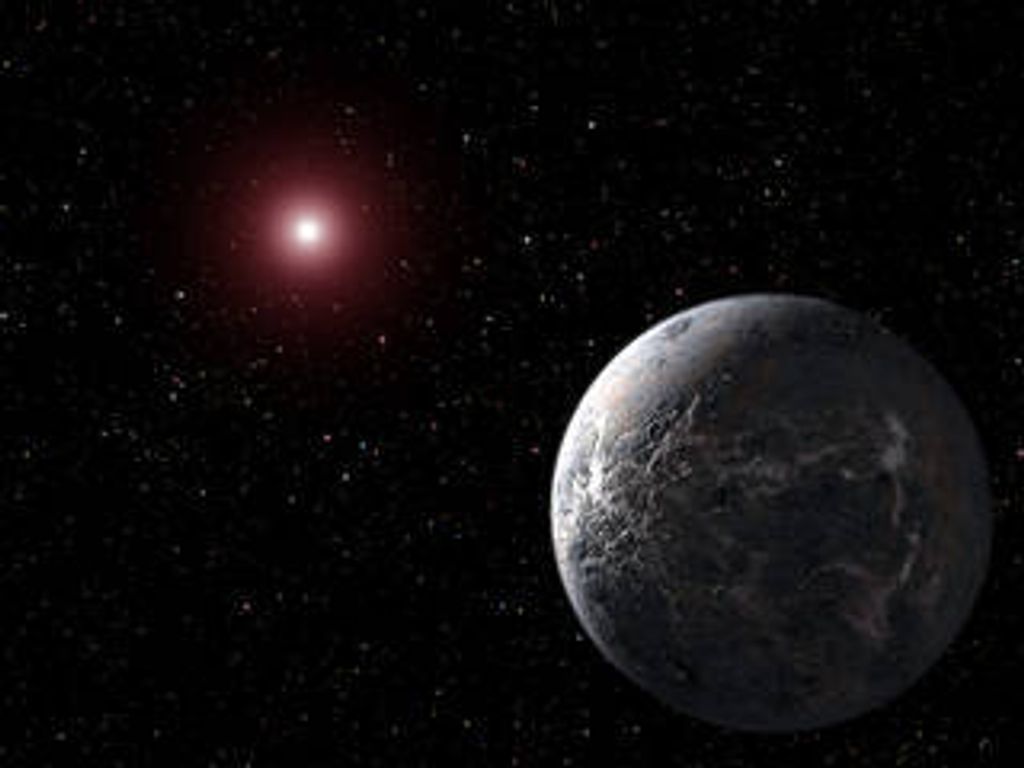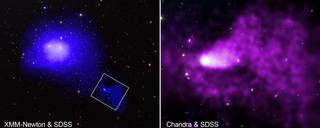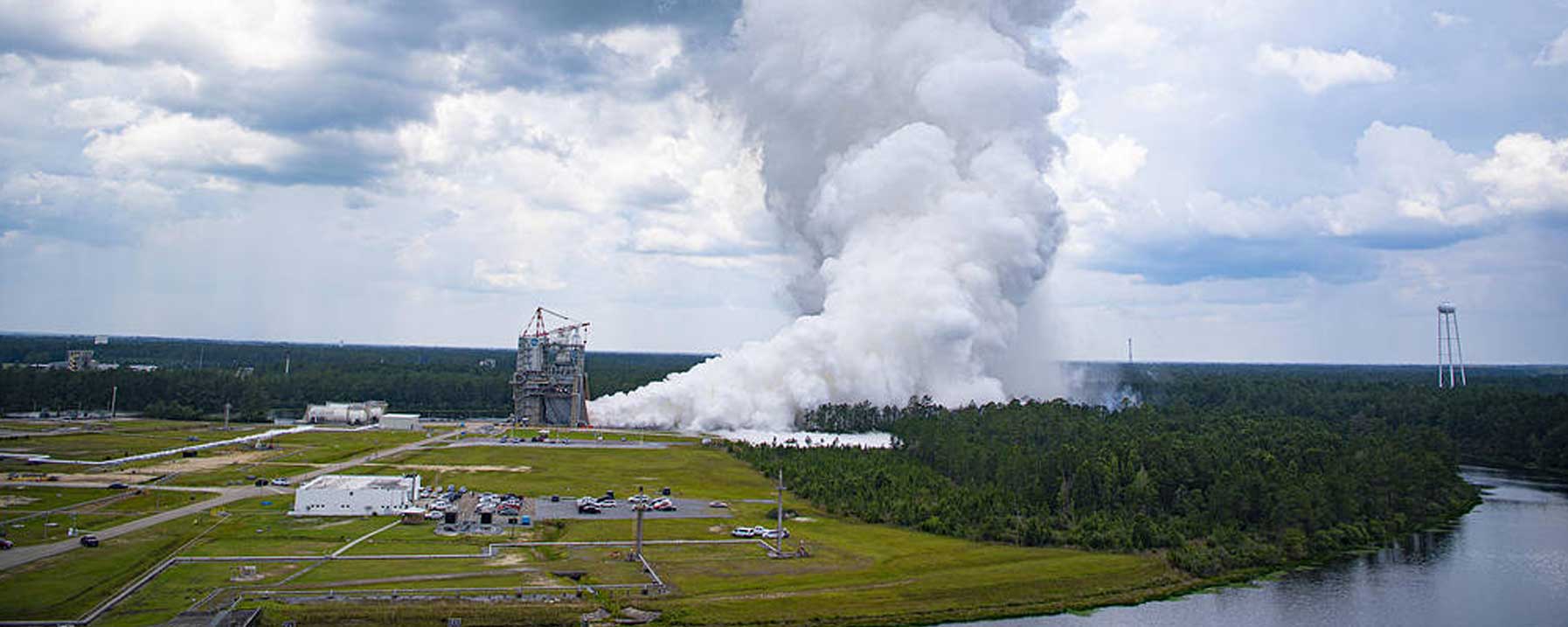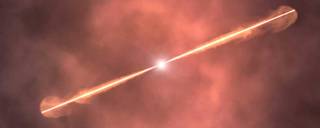NASA Names Winners of 2023 Student Rocket Launch Competition
NASA announced Tuesday the University of Alabama in Huntsville is the overall winner of the agency’s 2023 Student Launch challenge. More than 800 students from across the U.S. and Puerto Rico launched high-powered, amateur rockets April 15, near NASA’s Marshall Space Flight Center in Huntsville, Alabama, as part of the culminating event for the agency’s annual Student Launch challenge. For nine months prior, teams of middle school, high school, college, and university students were tasked to design, build, and launch a rocket and scientific payload to an altitude between 4,000 and 6,000 feet, while making a successful landing and executing a scientific or engineering payload mission. “Our students share unique perspectives and design innovative technologies to address real-world difficulties of space exploration,” said Kevin McGhaw, director of NASA’s Office of STEM Engagement – Southeast Region. “As NASA celebrates its 23rd year of Student Launch, we are proud to help develop the next generation of skilled engineers and explorers capable of supporting NASA’s Artemis missions.
Galaxies Go on Deep Dive, Leave Fiery Tail Behind
A group of galaxies is plunging into the Coma galaxy cluster and leaving behind an enormous tail of superheated gas. Astronomers have confirmed this is the longest known tail behind a galaxy group and used it to gain a deeper understanding of how galaxy clusters – some of the largest structures in the universe – grow to their enormous sizes. Astronomers trained NASA’s Chandra X-ray Observatory on the galaxy group NGC 4839. Galaxy groups are collections of about 50 galaxies or less that are bound together by gravity. Galaxy clusters are even larger and can contain hundreds or thousands of individual galaxies. Both galaxy clusters and galaxy groups are enveloped by huge amounts of hot gas that are best studied using X-rays. These superheated pools of gas, though extremely thin and diffuse, represent a significant portion of the mass in galaxy groups or clusters and are crucial for understanding these systems.
Dragon Docks to Station, Delivers New Cargo and Solar Arrays
While the International Space Station was traveling approximately 270 miles over the coast of Brazil, a SpaceX Dragon cargo spacecraft autonomously docked to the station’s Harmony module at 5:54 a.m. EDT, with NASA astronaut Woody Hoburg monitoring operations. The SpaceX Dragon launched as part of the company’s 28th contracted commercial resupply services mission for NASA at 11:47 a.m. EDT, June 5, from Launch Complex 39A at the agency’s Kennedy Space Center in Florida. The Dragon will spend about three weeks attached to the space station before it returns to Earth with cargo and research. The SpaceX Dragon has delivered a pair of IROSAs (International Space Station Roll Out Solar Arrays) that, once installed, will expand the energy-production capabilities of the microgravity complex.
NASA Enters Stretch in Critical Moon Rocket Engine Test Series
NASA entered the stretch run of a key RS-25 certification engine test series with a successful hot fire June 1, continuing to set the stage for future Artemis missions to the Moon. The hot fire on the Fred Haise Test Stand at NASA’s Stennis Space Center near Bay St. Louis, Mississippi, marked the ninth in a critical 12 test series. The remaining three tests are scheduled throughout June. The series is designed to certify production of new RS-25 engines by lead contractor Aerojet Rocketdyne for future deep space missions, beginning with Artemis V. Operators powered the RS-25 engine for more than eight minutes (500 seconds), the same amount of time needed to help launch the SLS (Space Launch System) rocket, carrying astronauts aboard the Orion spacecraft, into orbit. The engine also was fired up to 113% power, exceeding the 111% level needed during launch, to provide engineers with a margin of operational safety.
NASA Looks Back at 50 Years of Gamma-Ray Burst Science
Fifty years ago, on June 1, 1973, astronomers around the world were introduced to a powerful and perplexing new phenomenon called GRBs (gamma-ray bursts). Today sensors on orbiting satellites like NASA’s Swift and Fermi missions detect a GRB somewhere in the sky about once a day on average. Astronomers think the bursts arise from catastrophic occurrences involving stars in distant galaxies, events thought to produce new black holes. “I can still remember the excitement when gamma-ray bursts were discovered,” said Charles Meegan, a research scientist at the University of Alabama, Huntsville, who helped develop GRB detectors on NASA’s Compton and Fermi satellites. “I was a graduate student then, unaware that the study of these strange events would be my career for the next 50 years.”
For more information or to learn about other happenings at NASA’s Marshall Space Flight Center, visit NASA Marshall. For past issues of the ICYMI newsletter, click here.

